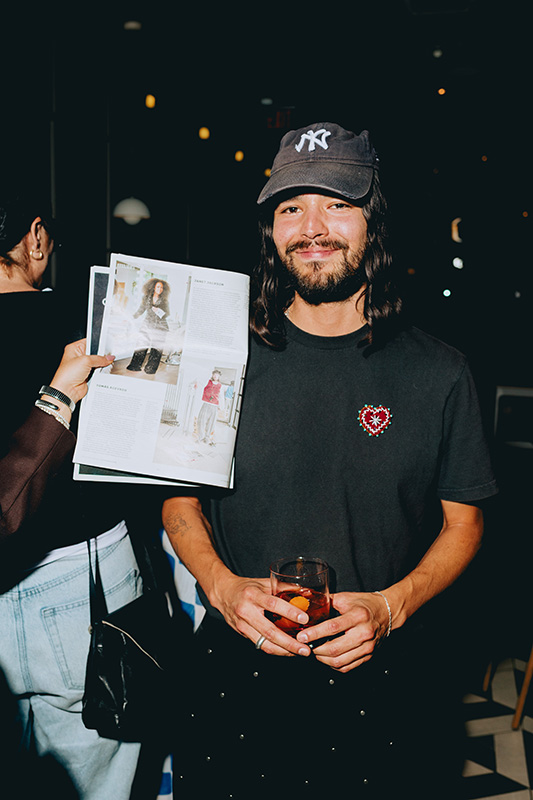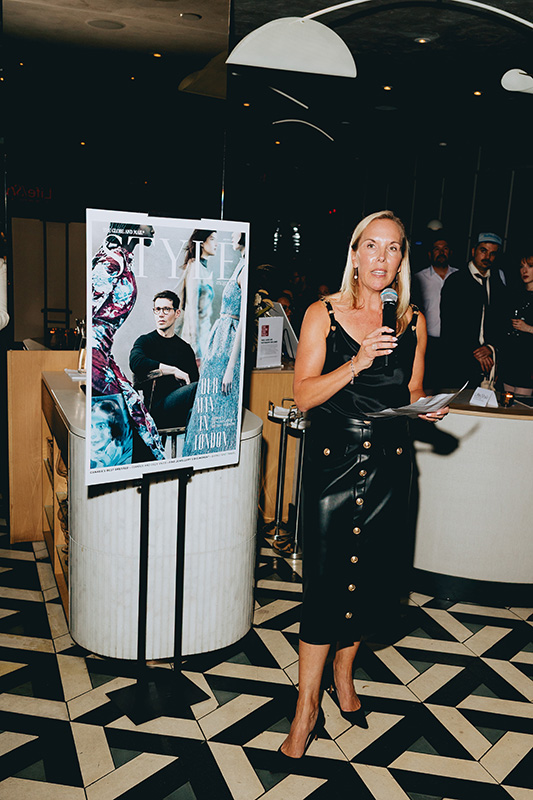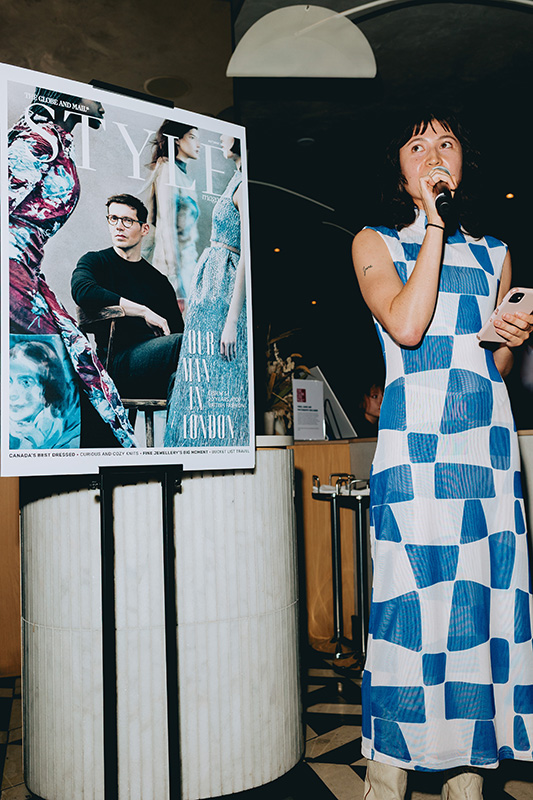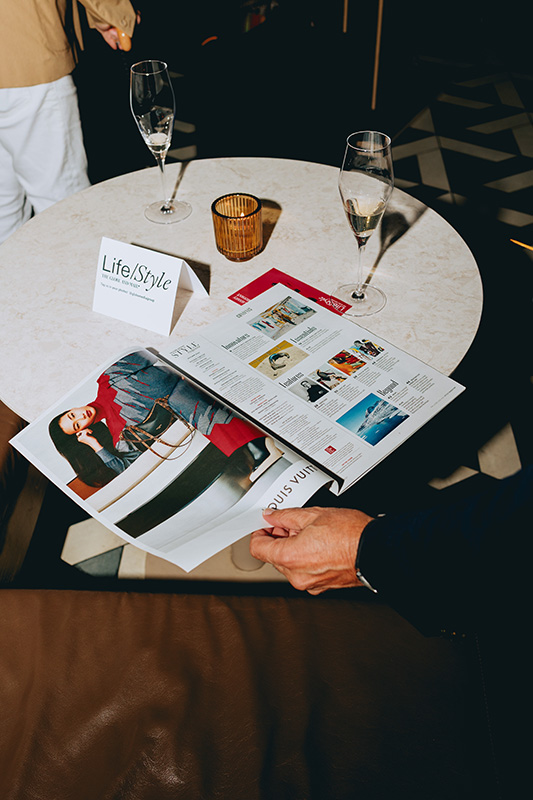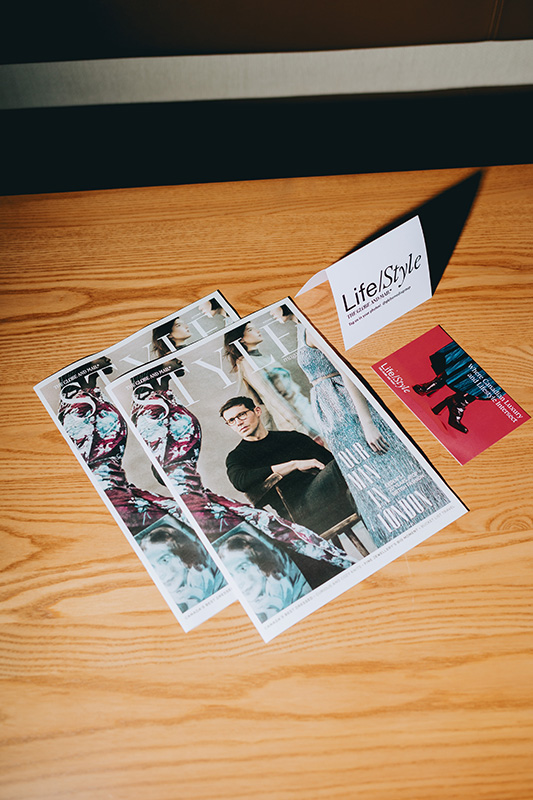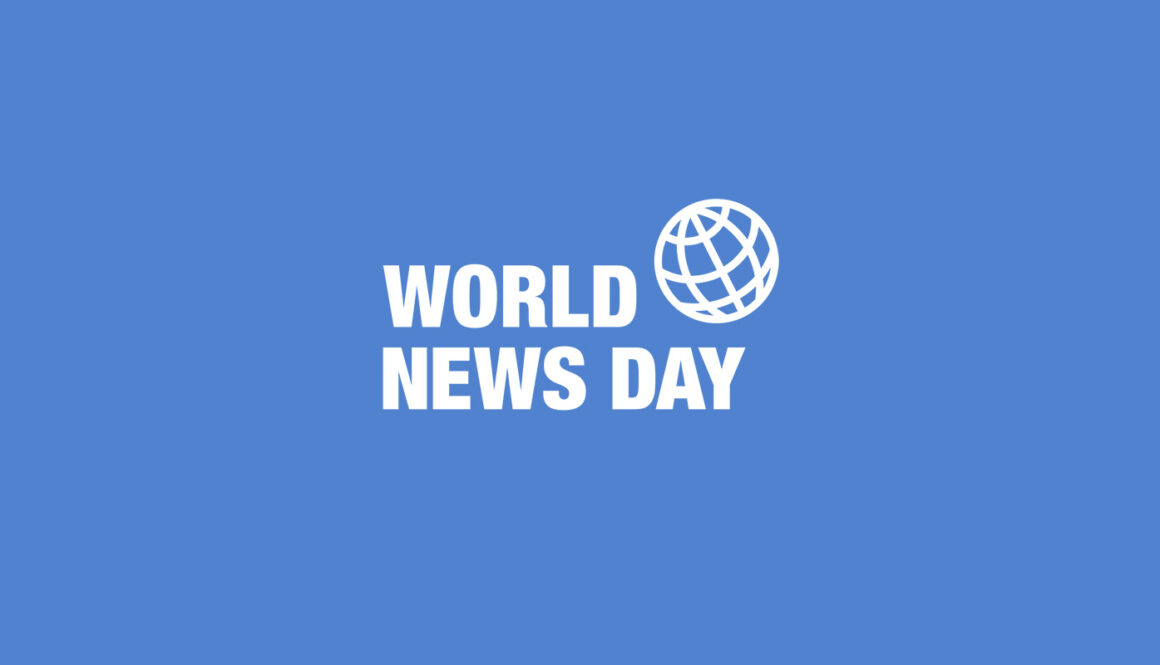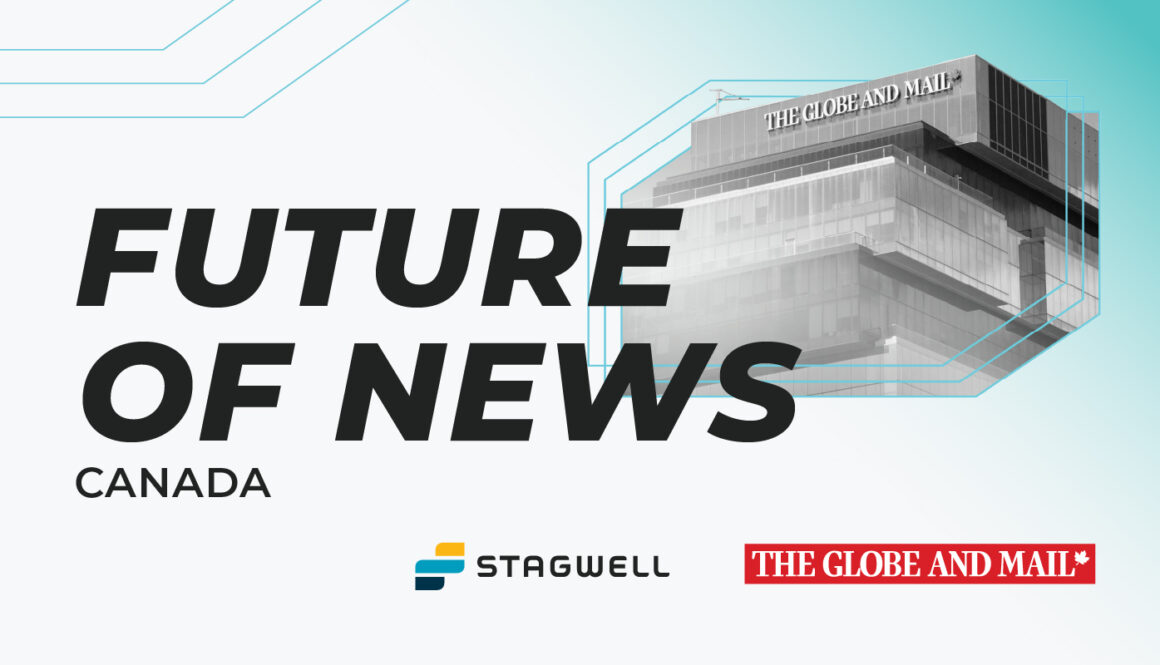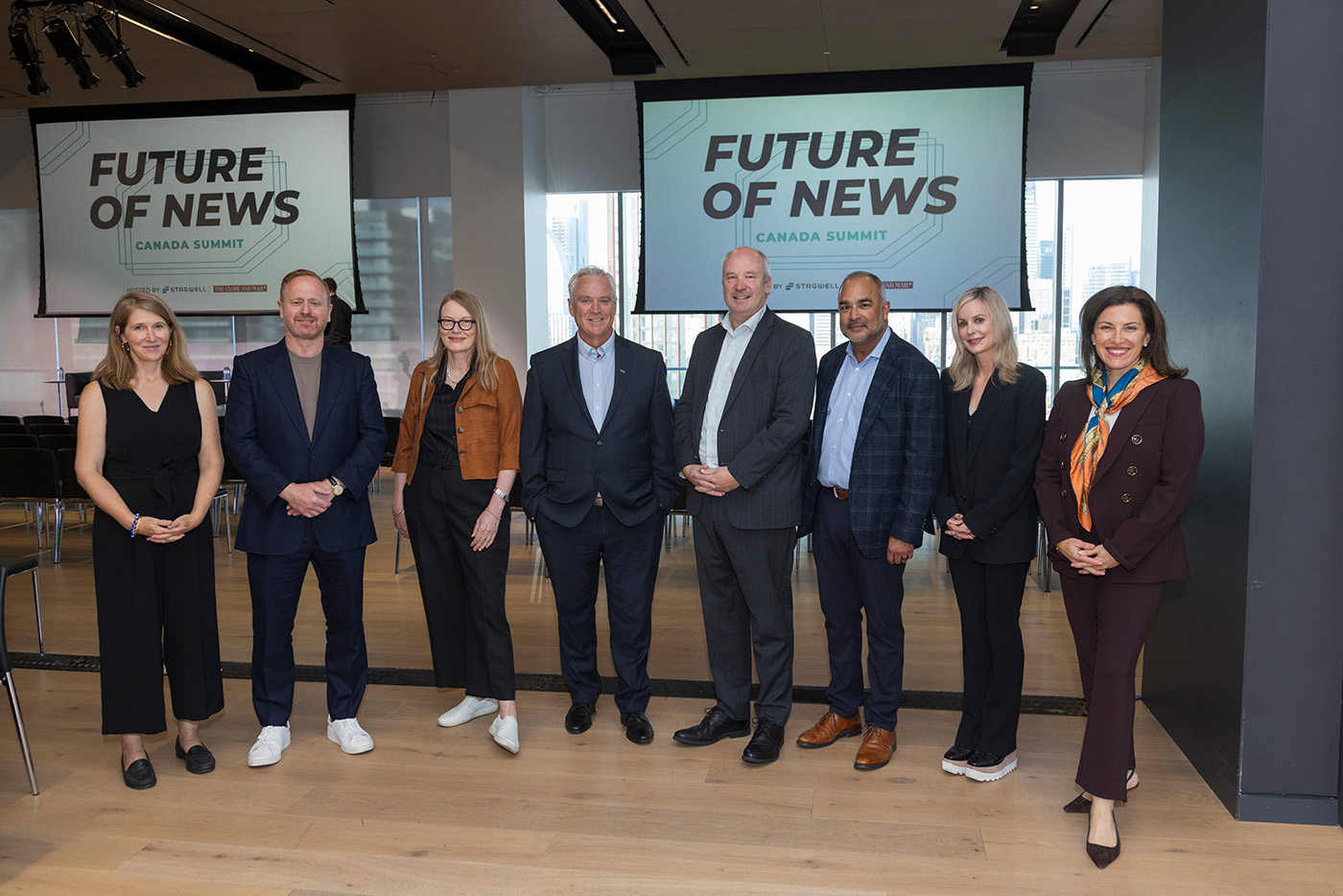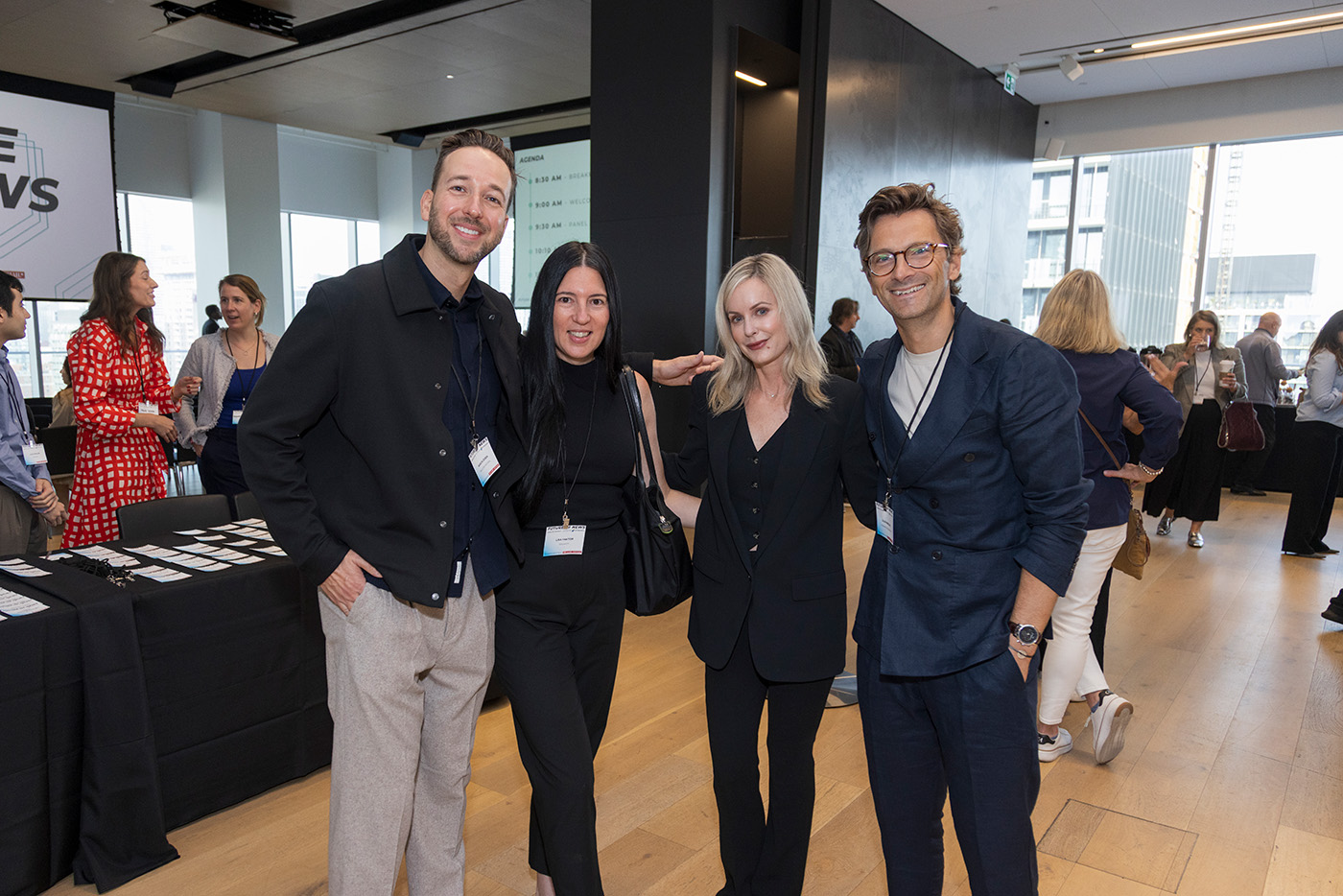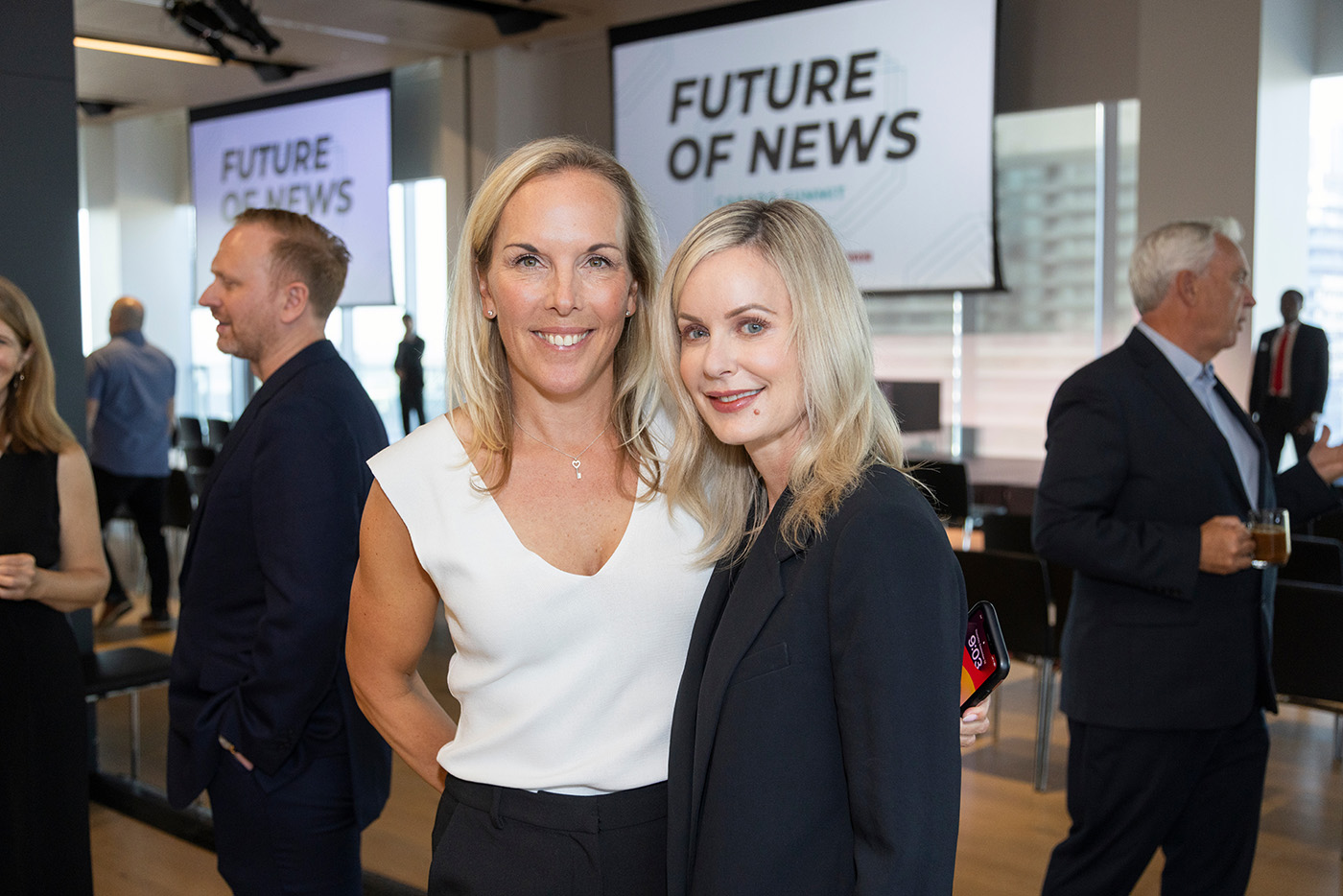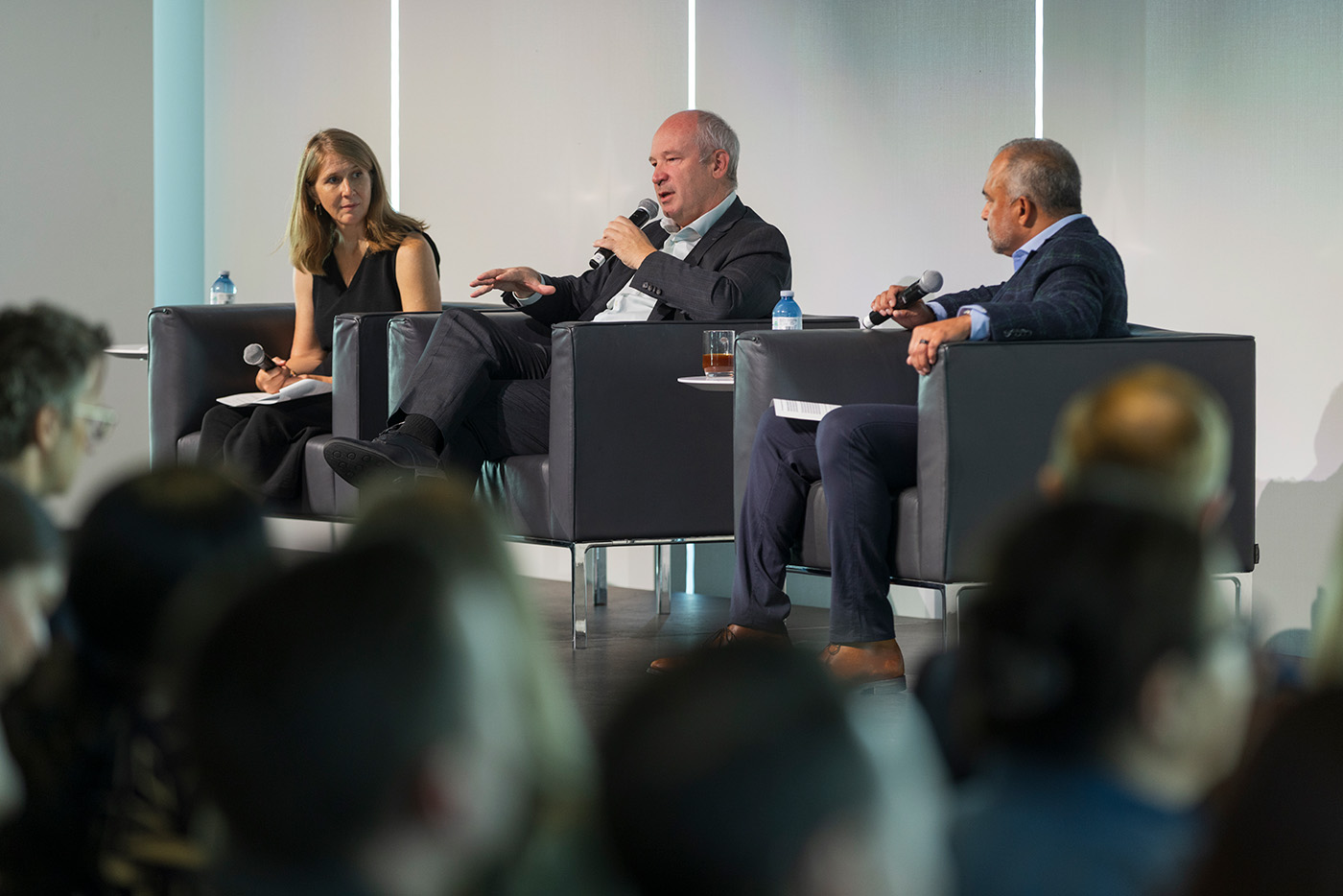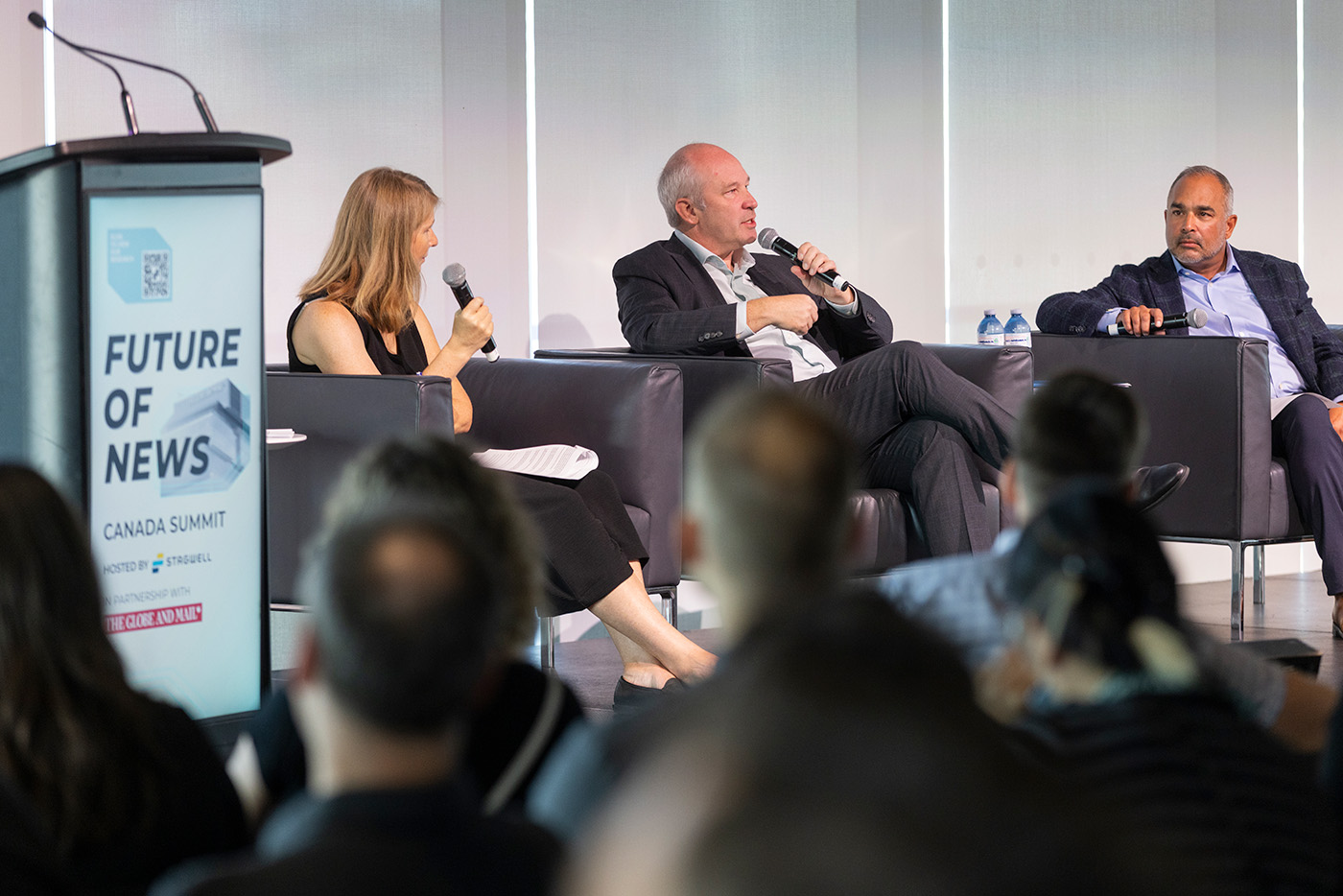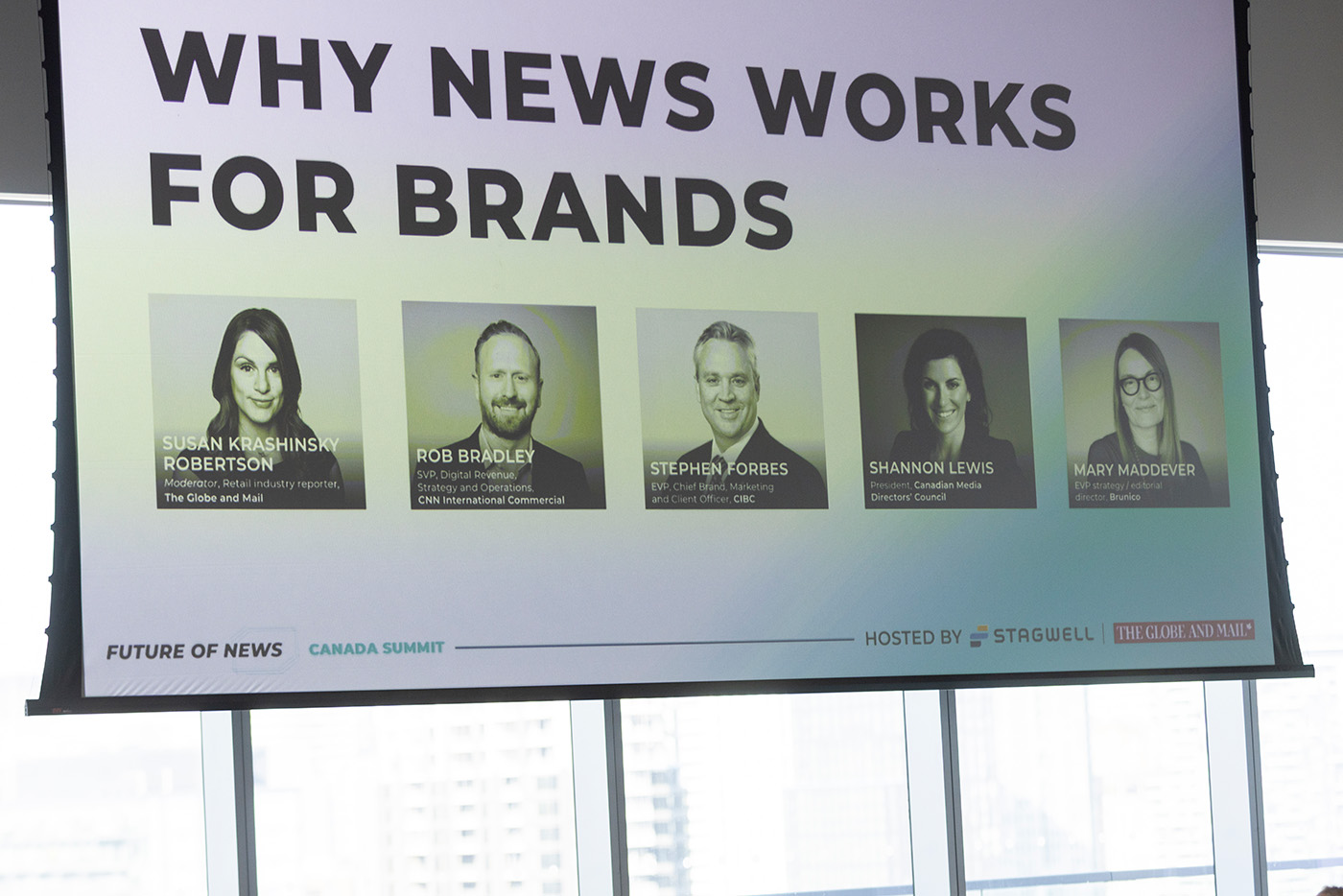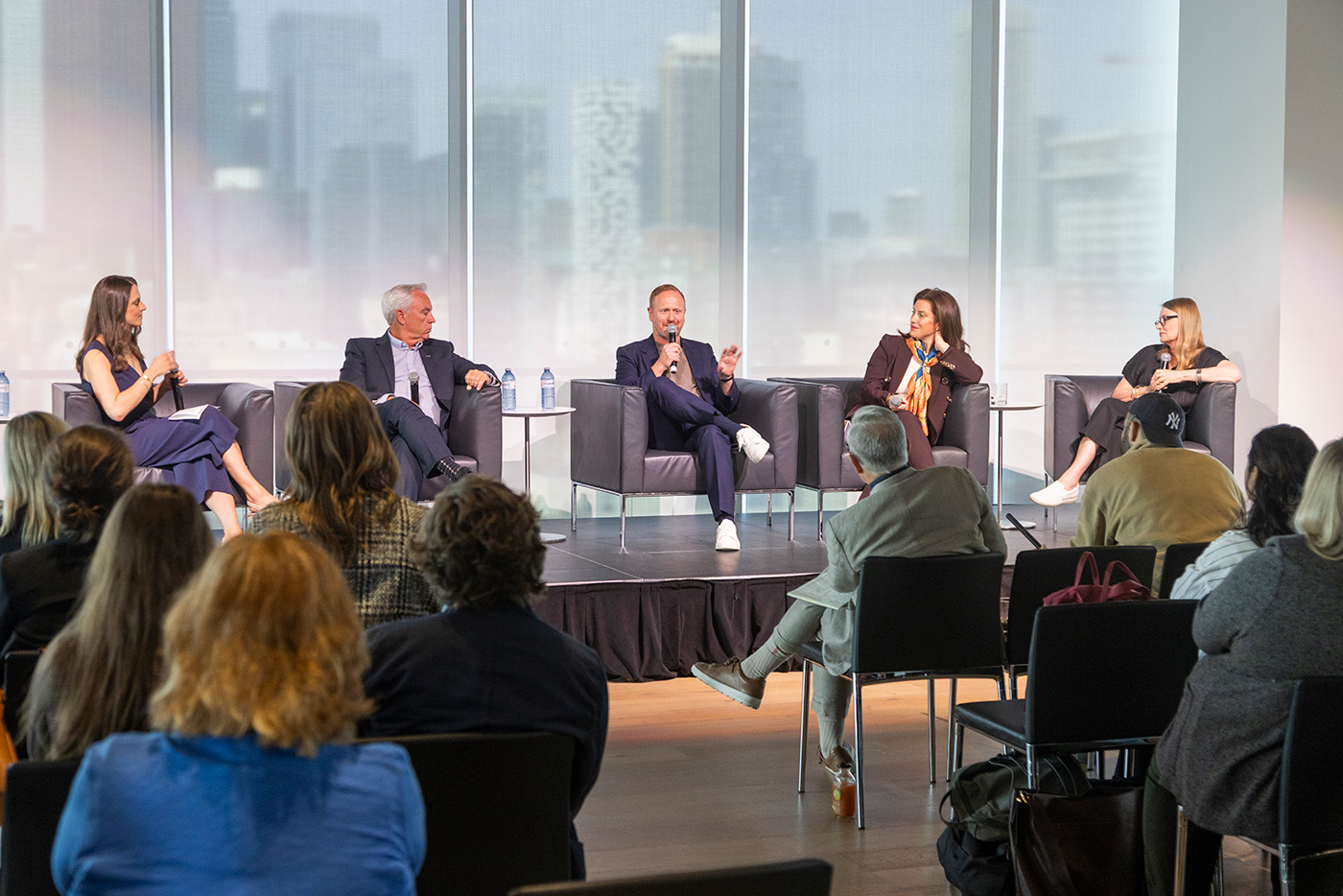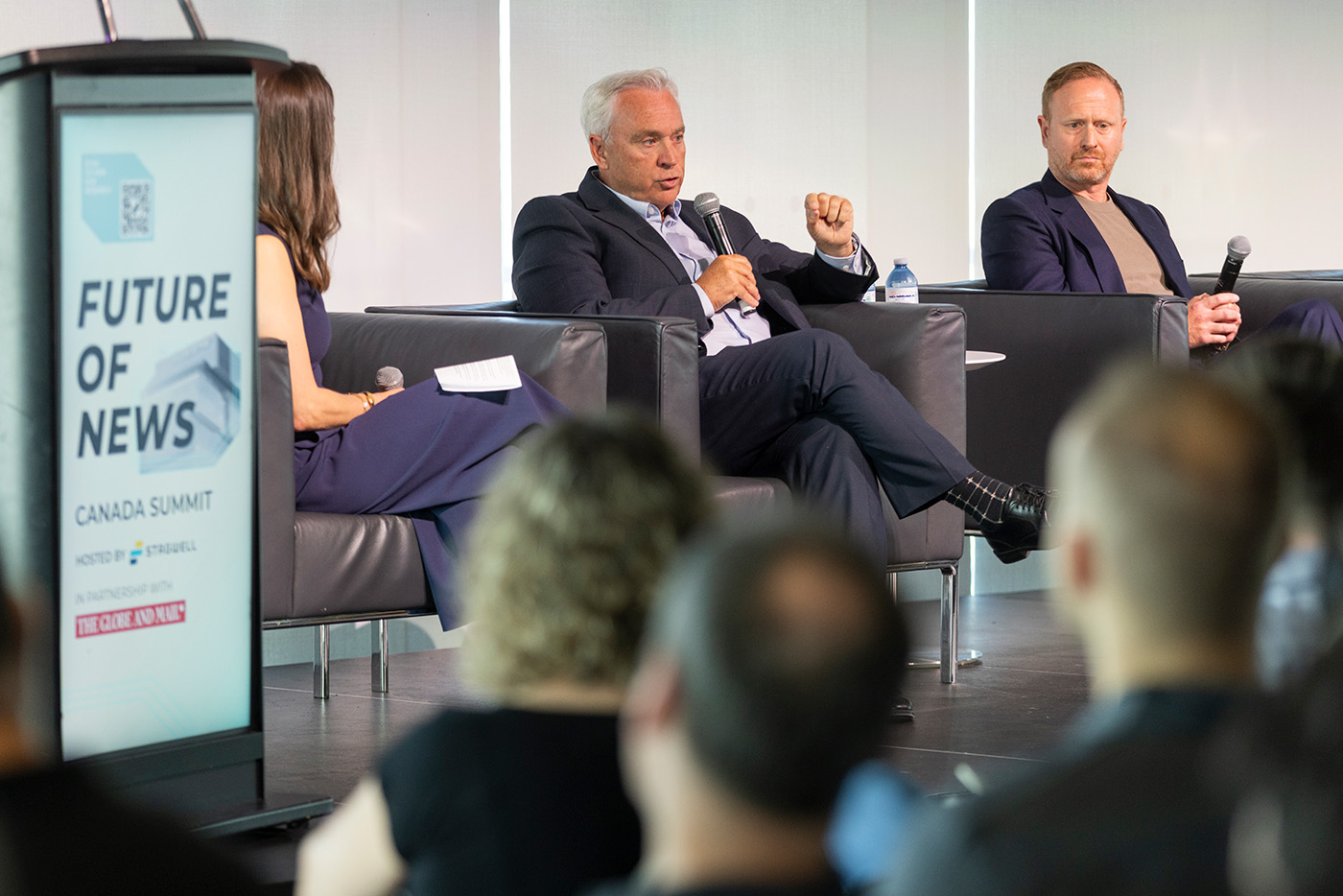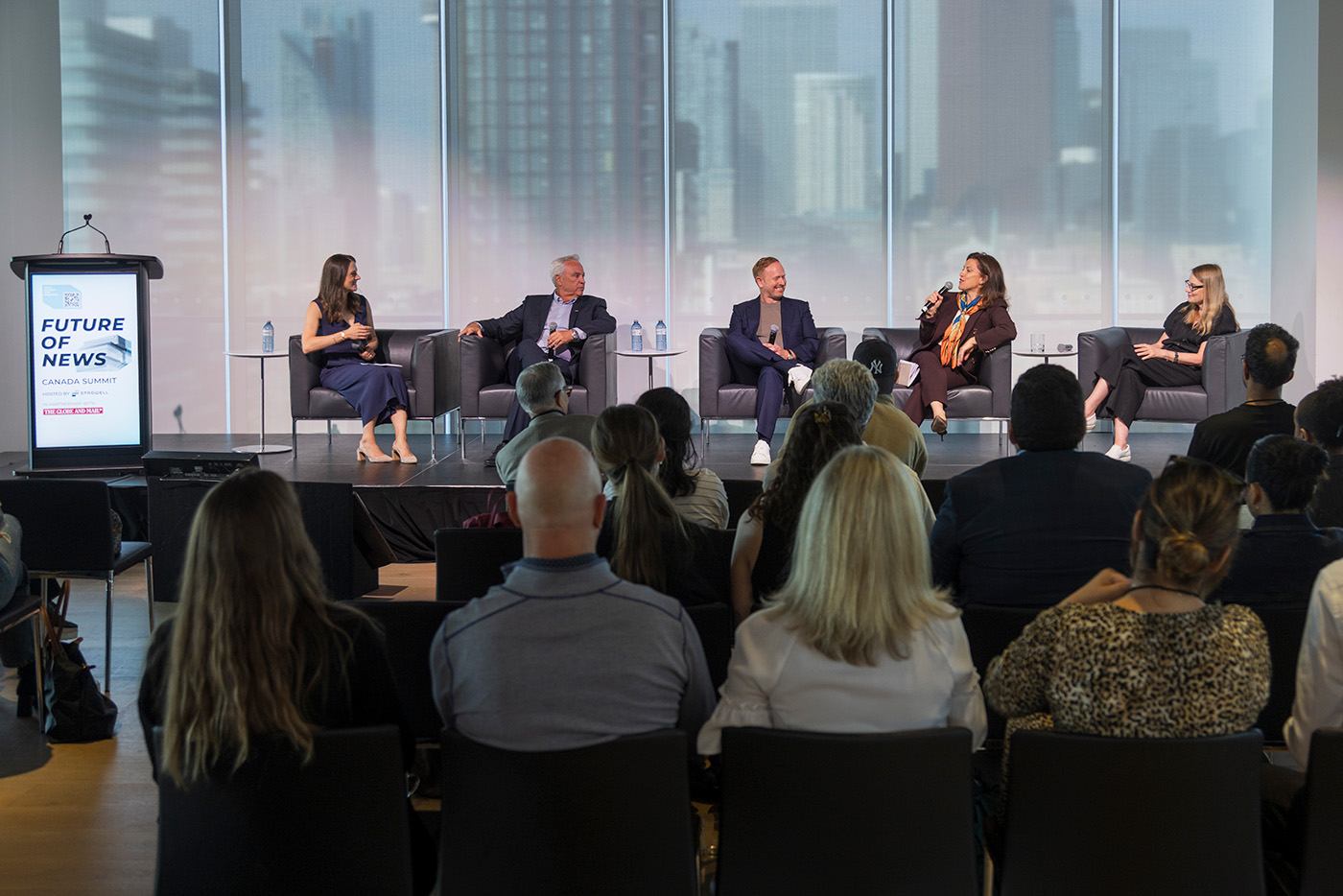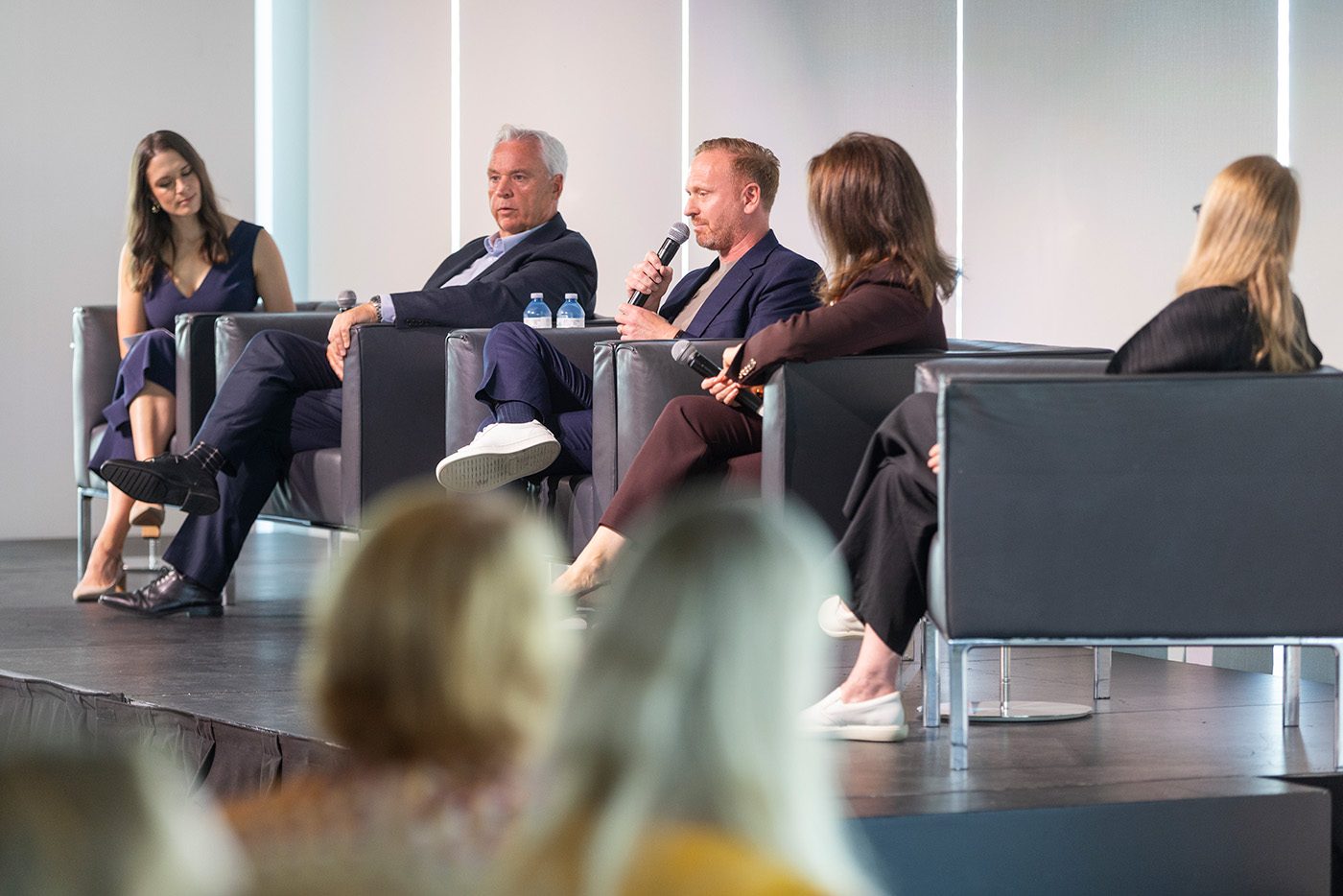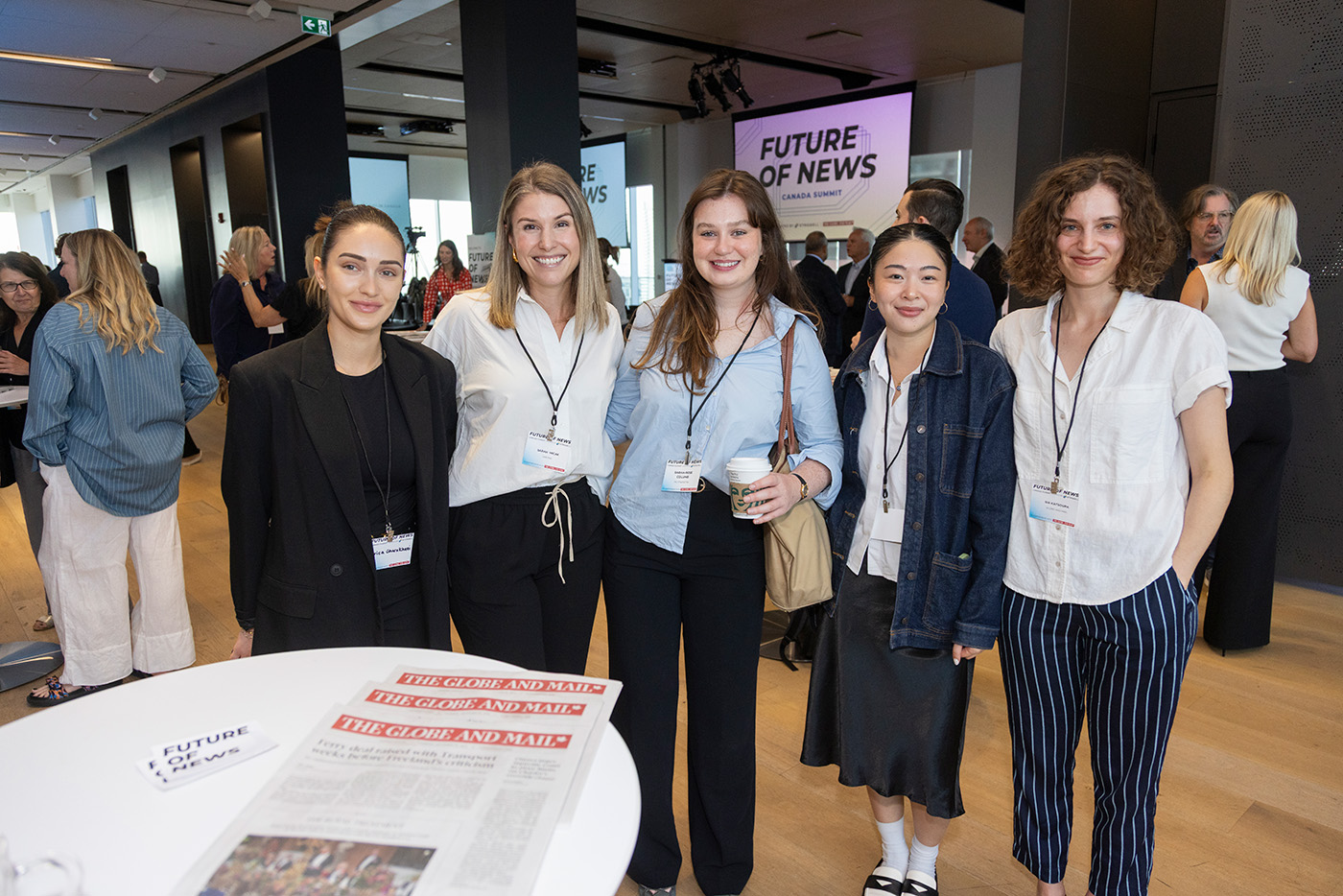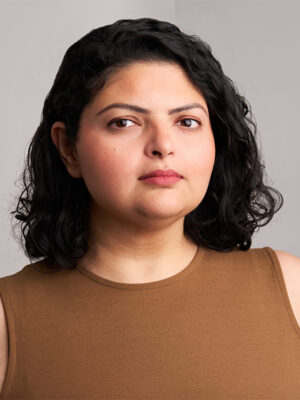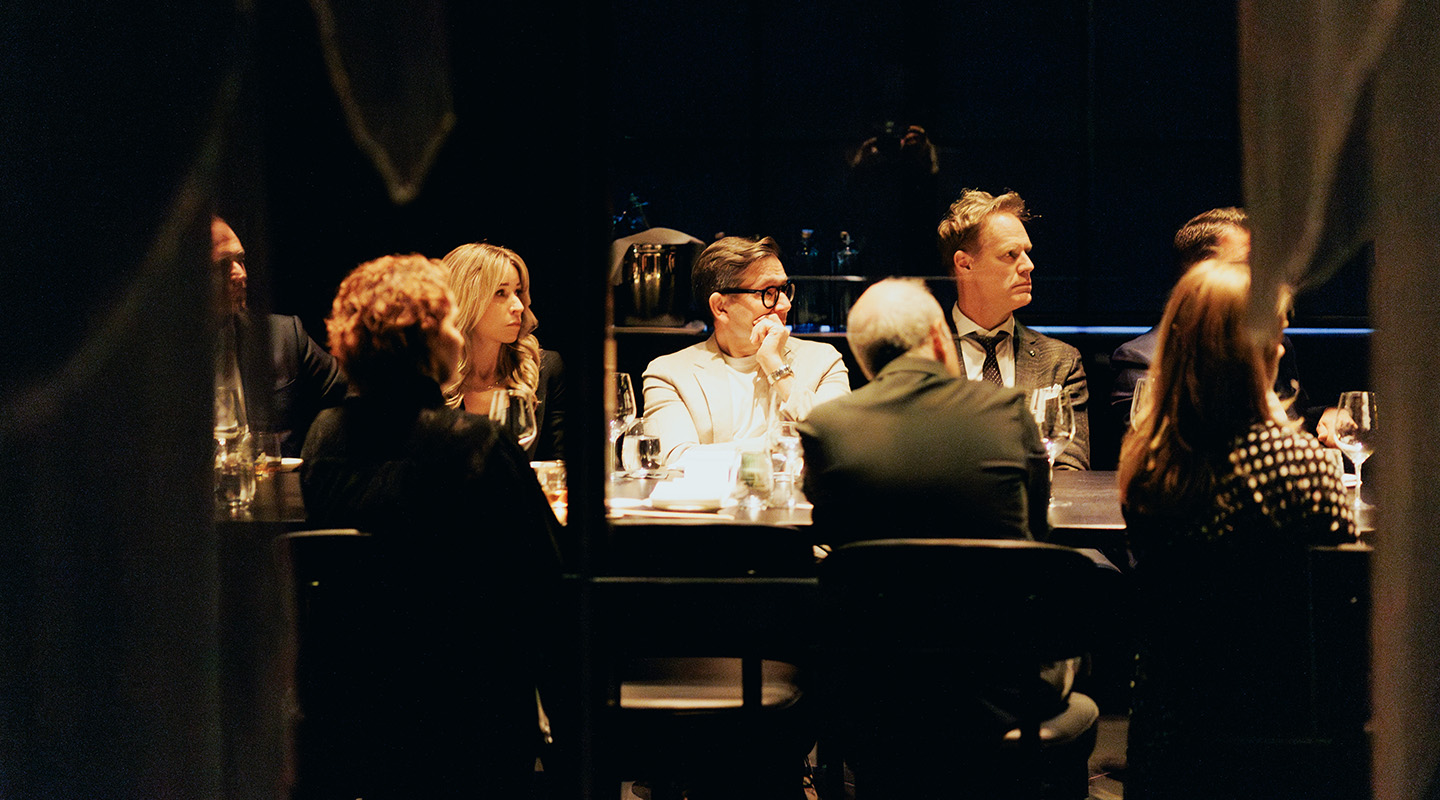Celebrating Haute Content at Inside Life/Style
Last week, the already trendy Alobar downtown was draped in plaid, chiffon, unlikely colour combos and of course, leather, for The Globe’s reimagined Life/Style relaunch party.
Hosted by its top editorial talent, marketing, media, and style insiders were invited to join Canada’s Best Dressed List for an evening of curated cocktails, thoughtful takeaways, and cultural conversation – but above all, fashion.
As espresso martinis were poured, the night began: Flash-lit Best Dressed listers weaved through towers of East Coast oysters, while guests captured Stories with the discrete poise of influencers. Parting the sea of black power suits was Lucy Yun, in a candy-coded mesh ruffle masterpiece designed by Vancouver’s Alex S. Yu.
It was to resonate with this audience that The Globe made significant investments in its Lifestyle coverage over the past year, which culminated in the recent unveiling of its expanded content offering.
Penny Hicks, Managing Director of Client Partnerships and Commercial Operations, told guests of the reimagining, “This investment reflects our commitment to connecting with Canadians in the breadth of moments that matter most.” In turn, this means more moments for brands to connect in meaningful ways.
But this breadth is realized by more than the range of topics. The platform’s redesigned mobile and online experiences also increase opportunities for engagement. The tailored experiences, Senior Style Editor Haley Steinberg explained, “Let us play to each platform’s strengths: the app as a daily lifestyle companion, and web as an immersive, exploratory environment. Together, they deliver a cohesive but flexible experience that affords editorial and commercial opportunities by maximizing attention in these spaces.”
And on the subject of attention, The Globe and Mail’s Style Magazine was the night’s statement piece.
The quarterly print publication also underwent a bold reinvention in both content and form. The first issue of its redux decorated stands last month.
Paying homage to its layers on layers, Andrew Sardone, Editorial Director, addressed the presence it commands: “Style is no longer a supplement to a weekend section. Our name has evolved to reflect our role as a flagship print publication that defines The Globe’s Style journalism across platforms.”
To this end, the Autumn issue features Montreal-born Erdem Moralioglu as he marks the twentieth anniversary of his independent fashion house. Sardone added that this demonstrates “a new effort to prioritize people, products and experiences that emphasize original creativity and a genuine, human connection to style. We’re realizing this through personality-driven stories, and an investment in original photography and illustration to add insight and strength to our storytelling.”
Seemingly, he’s read the room.
In the issue’s Personal Style section, Santanae Luzige writes, “In conversations I’ve had with other stylists recently, there’s a shared sentiment: We’re yearning for stories.”
Find them here.
Inside Life/Style was presented by Motion Entertainment.
Missed out?
See the photos.
Browse the advertising opportunities.
Subscribe to our newsletter.





